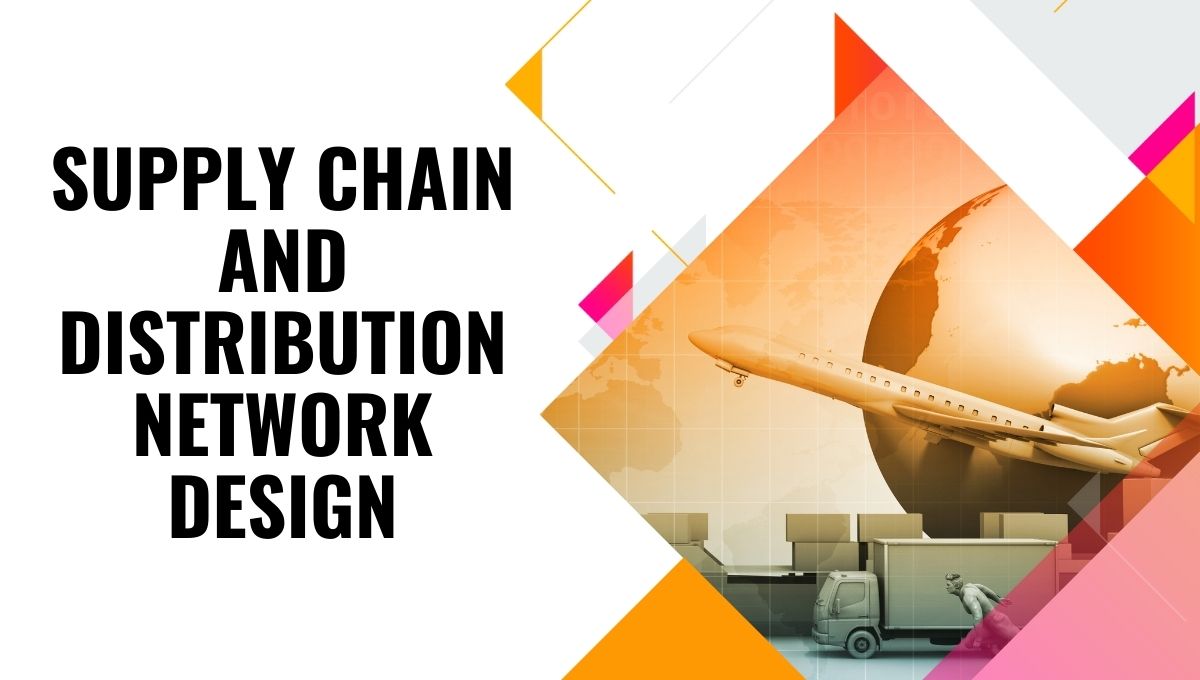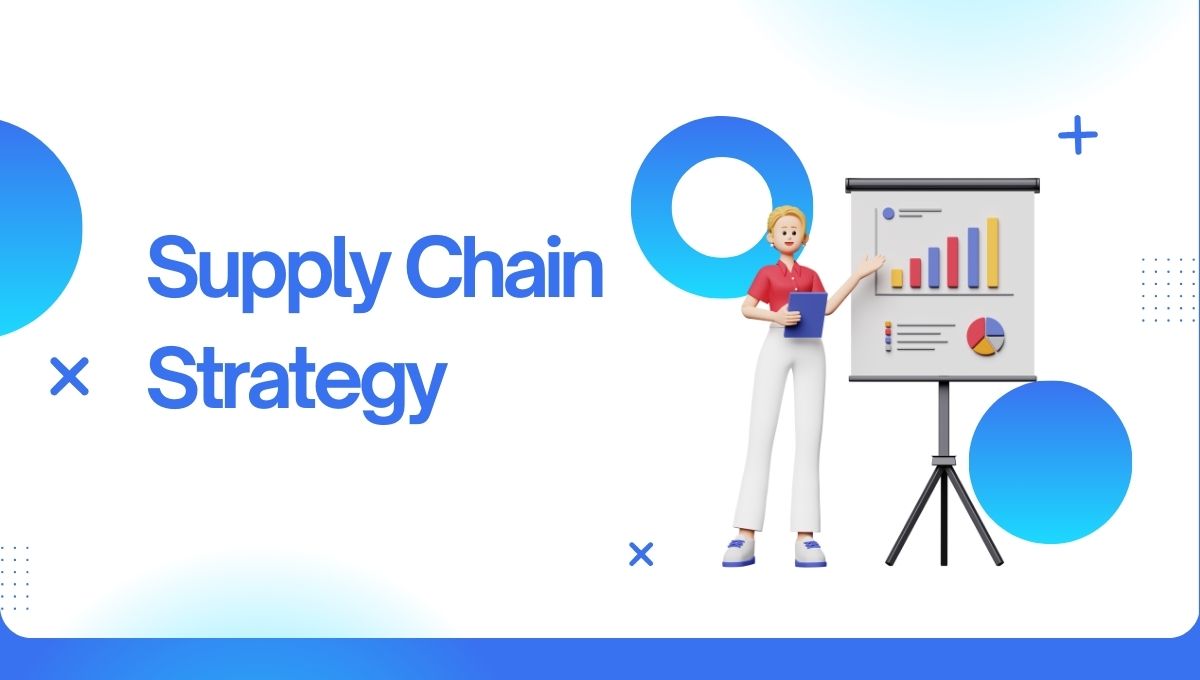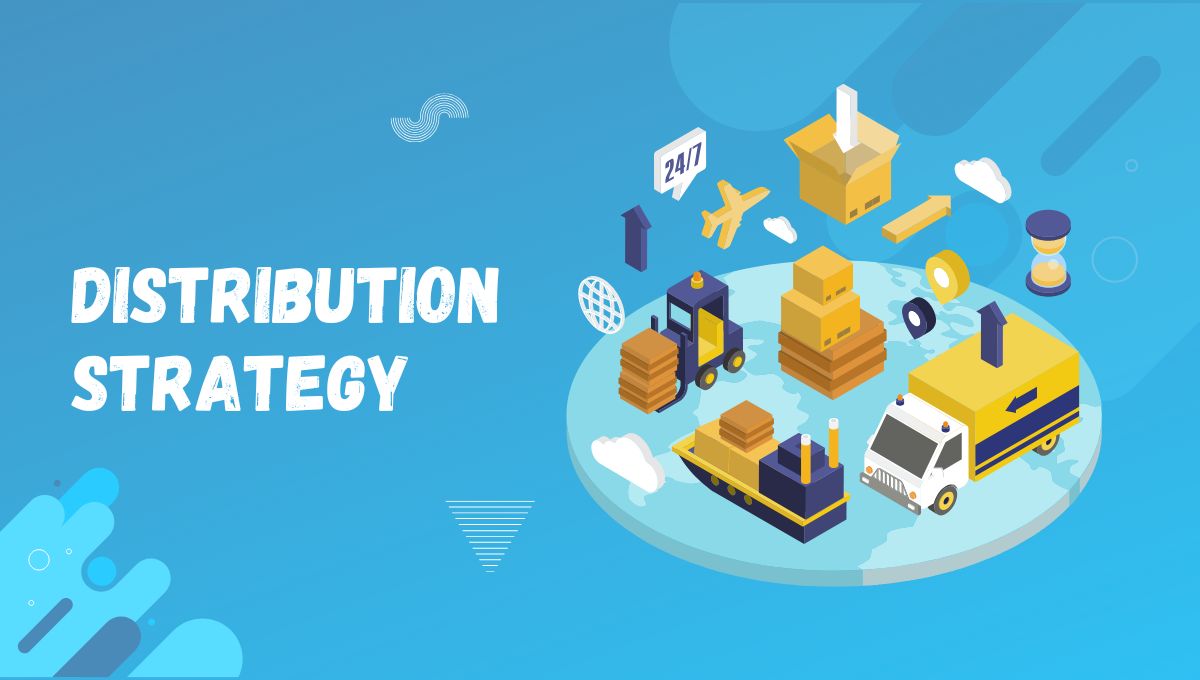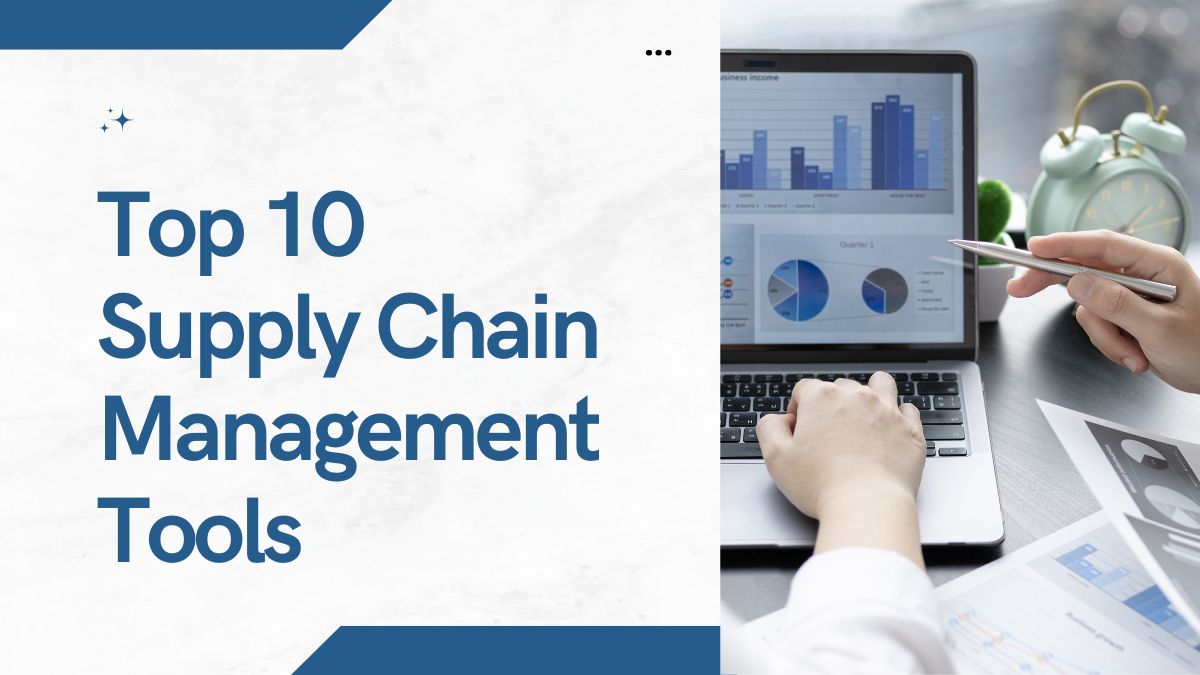Have you ever wondered how the Chief Operating Officer (COO) became one of the most desired jobs in leading companies nowadays?
You are probably on the operations team or thinking of your next career step; you have at least Googled what a COO job is or how to be a Chief Operating Officer. You are not the only one. COO has turned into the control room of contemporary businesses as they grow, digitalise, and become more complex.
In this blog, let’s walk through how COO responsibilities have evolved beyond managing daily operations, why the role is no longer a behind-the-scenes one, and what it really takes to thrive in it today.
Why Modern Businesses Need a Different Kind of COO Responsibilities
The companies are continually forced to change due to AI, global competition, far-off teams, and challenging customers. What this implies is that operational leaders will no longer be able to execute but will have to reimagine.
The contemporary COO is not perceived to be the second-in-command. They tend to be a co-architect of business strategy.
So, what are COO responsibilities in this new environment?
A Chief Operating Officer (COO), also known as a Chief Operations Officer, oversees the day-to-day running of an organisation, including its people, resources, and logistics.
It is about quickly aligning internal processes to reality in the market. Those involve alignment of functions, talent management, real-time tracking of data, and use of technology to deliver results. Organisations desire their COOs to instigate innovation more than ever before than performance.
The Shift: Traditional vs Modern COO Responsibilities
Let’s explore how the COO role has changed with time.
| Key Area | Old COO Role (Then) | Modern COO Role (Now) |
| Strategy & Vision | Used to just carry out what the CEO decided. | Now helps shape the big picture and drive change across the business. |
| Team & People | Mostly managed department heads and got updates. | Now mentors leaders, shapes culture, and builds future teams. |
| Processes & Systems | Watched performance numbers and improved where needed. | Builds agile systems that adapt fast and scale faster. |
| Technology & Tools | Handled IT like a support service. | Now drives digital change across operations and pushes automation. |
| Compliance & Risk | Checked the boxes to meet legal and company rules. | Spot risks early and plan to avoid breakdowns before they happen. |
| Supply Chain & Ops | Focused on buying and keeping things moving. | Builds strong networks that survive disruption and meet global needs. |
What we can clearly see is this: COOs now shape strategy, lead transformation, and drive culture. It’s no longer about ticking boxes. It’s about enabling the CEO and empowering teams to make execution seamless.
What Are COO Roles and Responsibilities Today?
COO roles and responsibilities now span across many zones.
According to AmbitionBox, the average COO salary in India ranges from ₹13 lakhs to ₹1 crore per year, typically for professionals with 10 to 31 years of experience.
The following are the most typical requirements of a modern COO:
· Strategic execution: Convert the boardroom strategy to road maps of operation.
· Cross-Department Co-ordination: Removing marketing, finance, HR and IT SILOs.
· Process Automation Process: Deployment of tools and systems that reduce the manual effort to the least possible extent.
· Crisis Management: Mitigation of risk, management in uncertainty and stability of operations.
· Leader of People: Coach mid-managers, build team structures, and retain talent.
· Customer-Centric operations: Make sure that internal operations go to terms with the customer expectations.
Now, so much of the long story short, we may say the position of COO has become that of closing the gap between the big picture and the daily view.
How the COO Role Supports the CEO’s Agenda
Whereas the CEO determines the vision and the relations with investors, it is the responsibility of the COO to make sure that such plans are easily carried out. And between the two, there should be a strong relationship of trust and understanding.
In other companies, the COO can be even more noticeable than a CEO, leading town halls, resolving department-level problems, or firefighting any misunderstanding.
In essence, COO responsibilities now mean connecting the big picture to the day-to-day task.
Here’s how the COO complements the CEO:
- CEO says: “We’ll enter Southeast Asia next year.”
COO asks: “What’s the roadmap? What’s the budget? Who’s executing?” - CEO says: “Let’s embrace GenAI tools.”
COO checks: “Which tools? What’s the training plan? How do we measure ROI?”
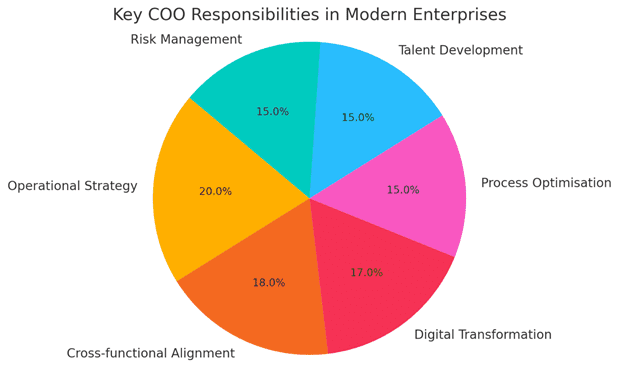
Strategy now takes the biggest chunk. Tech transformation is not optional. And people management is becoming more active than ever.
Skills Required to Become a Chief Operating Officer
Thinking of how to become a Chief Operating Officer yourself?
It’s not just about years in operations. It’s about mindset, strategic thinking, and leadership.
Below are some non-negotiables:
- Systems Thinking – Ability to see how all parts of a business connect
- Tech Fluency – Understanding tools, platforms, and dashboards
- Financial Acumen – Knowing how decisions affect the bottom line
- Crisis Resilience – Managing pressure without burning out
- Clear Communication – Translating strategy into execution plans
And finally, you must be execution-obsessed. The best COOs don’t just talk about results, they deliver them.
Why COOs Are Now Business Growth Partners
Today’s COO is not just managing supply chains or vendor relations. They’re building operating models that scale. They work with HR on organisation design, with marketing on lead management, and with tech on automation.
In fact, COO responsibilities have grown because companies expect operational leadership to be proactive, not reactive. If the CEO is the brain, the COO is the nervous system.
Imarticus Learning and the Global Senior Executive Leadership Programme – COO
To prepare professionals for this demanding role, Imarticus Learning, in collaboration with IIM Nagpur, offers the Global Senior Executive Leadership Programme – Chief Operating Officer.
The curriculum combines live online learning, campus immersions, and case-led sessions by industry veterans. It covers supply chain mastery, process improvement, leadership development, and more. Participants also receive consulting at IIM Nagpur, which is a rare opportunity to get strategic advice directly from experts.
Whether you’re looking to become a Chief Operating Officer or upgrade your skills, this programme delivers focused learning in real-world operational contexts.
Join the Global Senior Executive Leadership Programme – Chief Operating Officer by Imarticus Learning and equip yourself with future-ready operational leadership skills.
FAQ
1. What are COO responsibilities in a startup vs a large enterprise?
Startups want COOs to deal with implementation, fundraising, and recruiting. It is systems, automation, and scaling that are better defined in bigger companies.
2. What is the contrast between the roles and duties of the COO and those of a CEO?
CEOs are visionary, externally oriented and franchised to investors. COOs are the ones who bring vision to reality and also manage internal management.
3. Does the COO deal with financial planning?
It does, COOs tend to collaborate with CFOs to match the operations with the financial objectives and budgets.
4. What industries value COOs the most?
COOs are necessary to work in the tech, manufacturing, logistics, BFSI, and healthcare industries.
5. What are the tools a contemporary COO has to know?
Excel, ERP (enterprise resource planning), CRM (customer relationship management) platforms, dashboards (such as Power BI), and project management tools (such as Jira or Asana).
6. Is the COO a stepping stone to the CEO?
In many companies, yes. It’s one of the few roles that gives you a 360-degree view of the business.
The Final Words
The COO is no longer just the operator; they’re a builder, a strategist, and a partner in growth. They need curiosity, adaptability, and a sharp focus on execution.
If you’re aiming to become a Chief Operating Officer or just want to level up your operational leadership game, this is the time. Don’t just run the business. Shape it.


